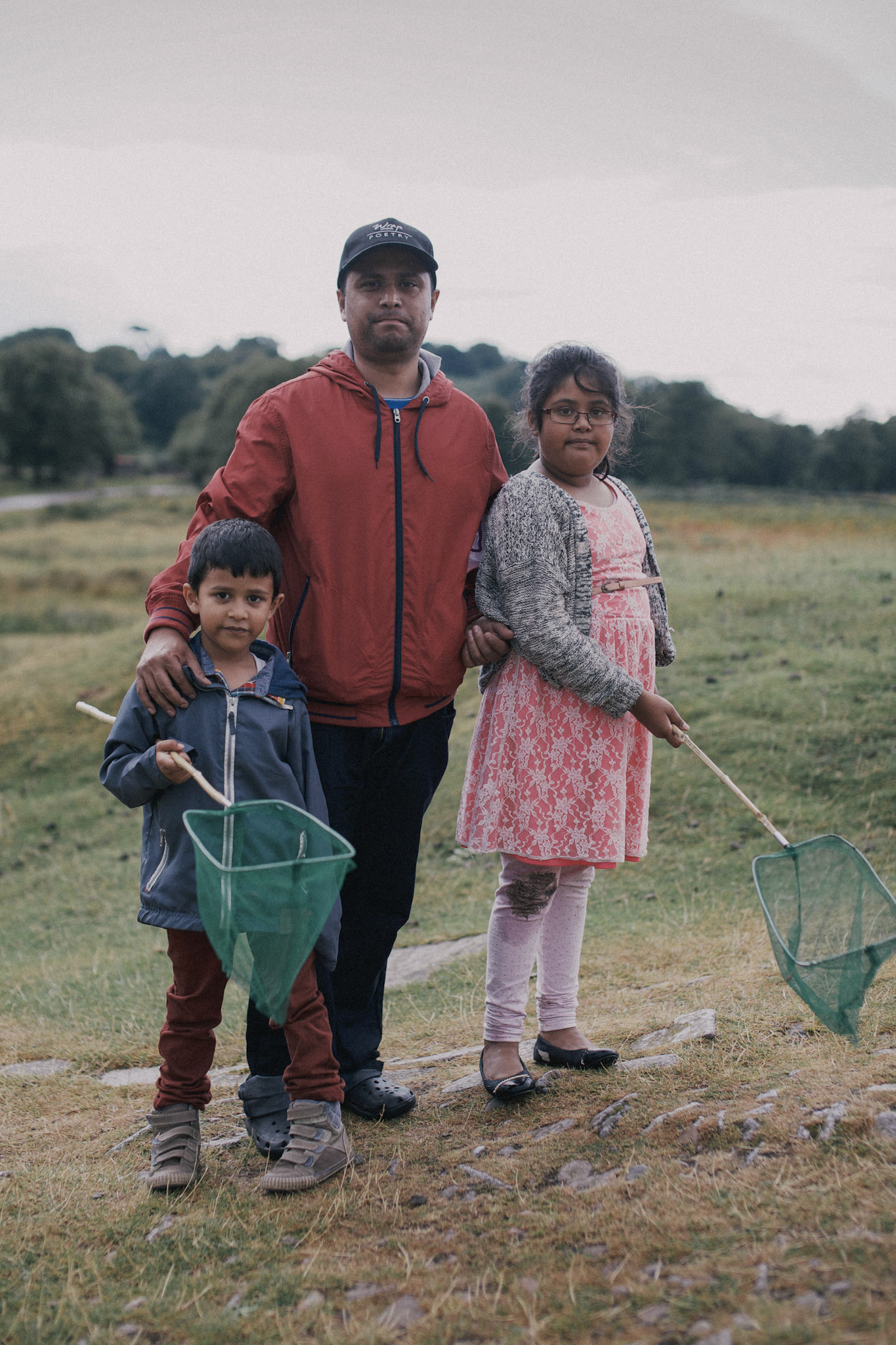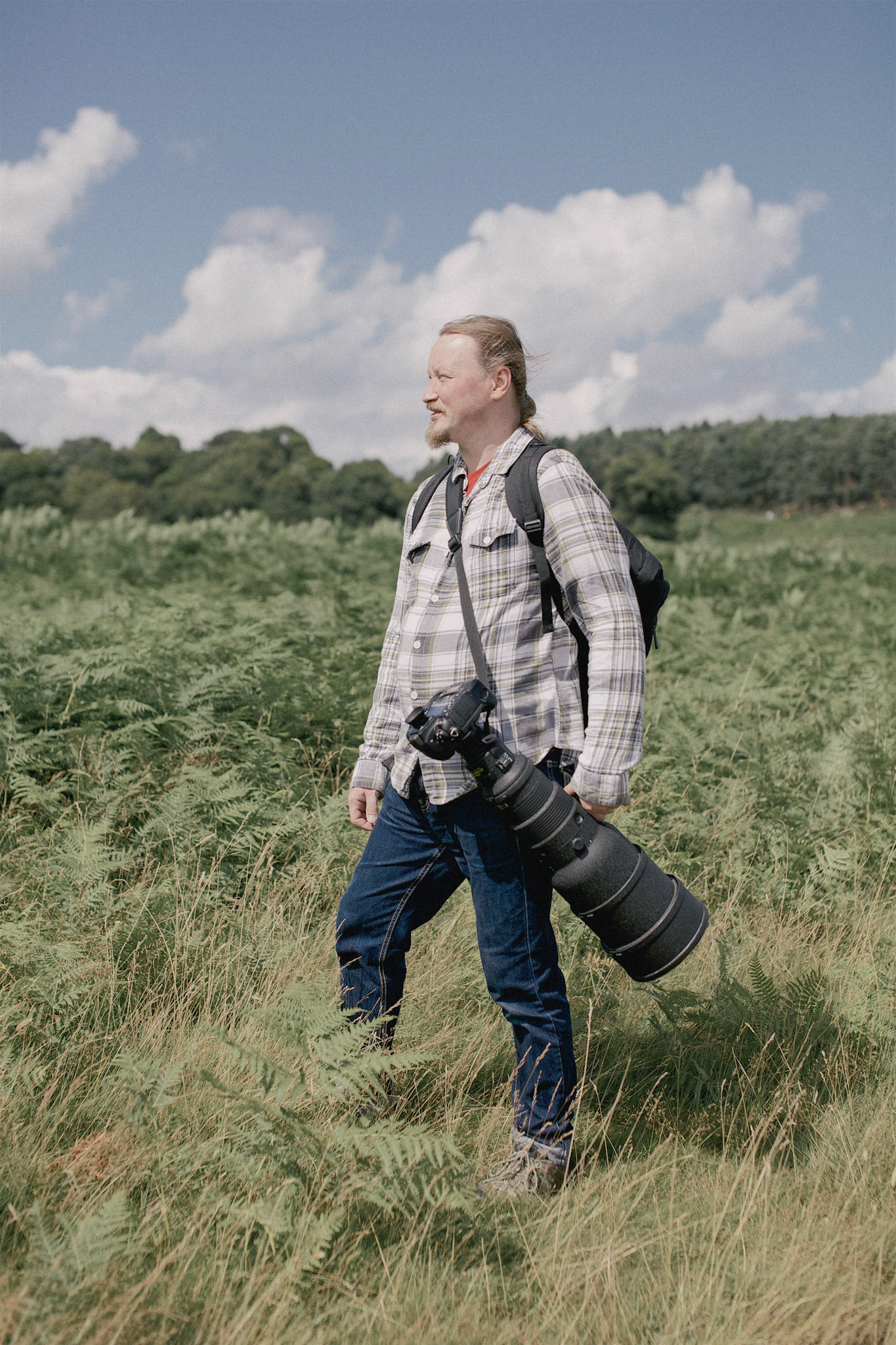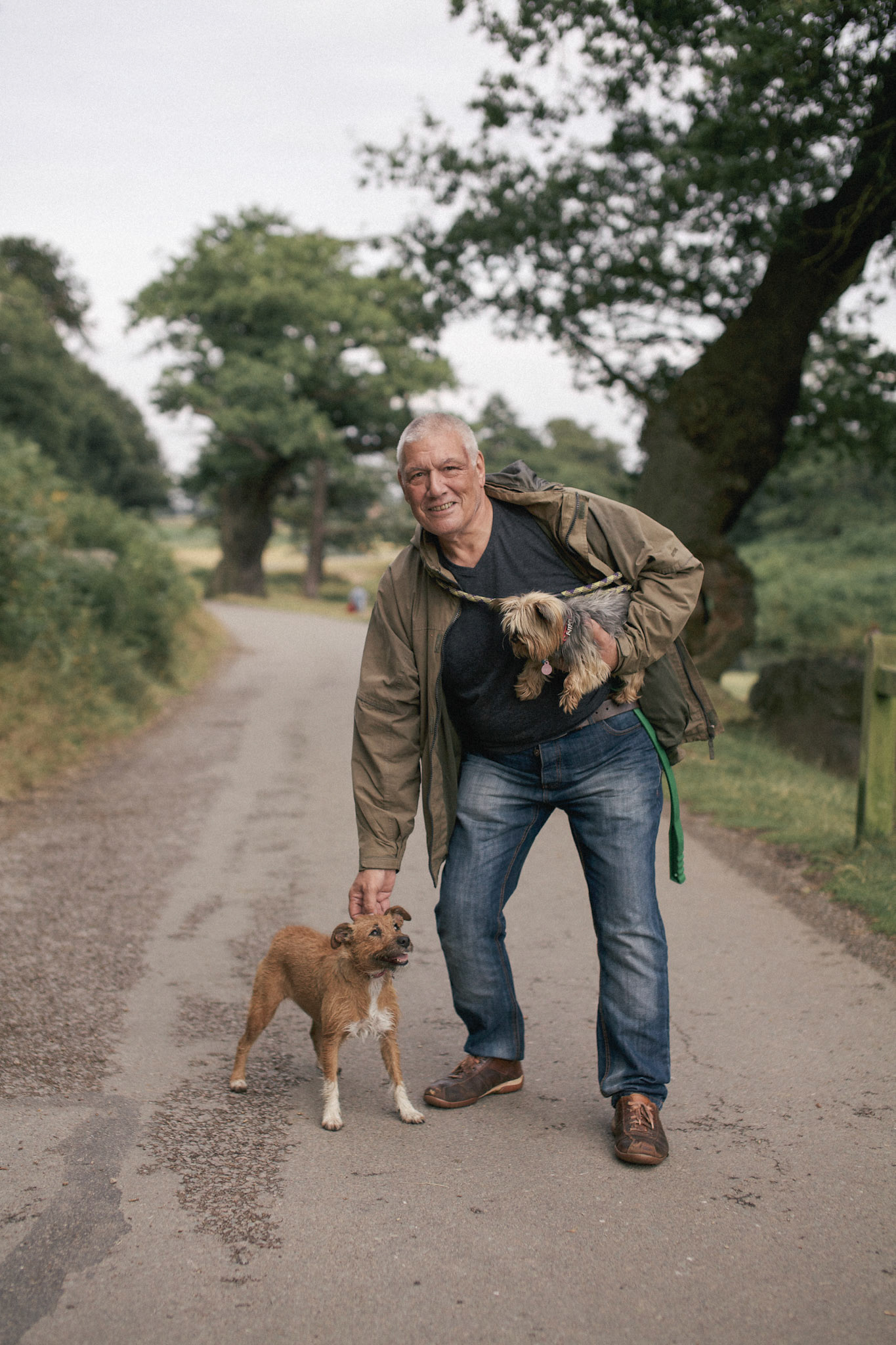










<a href="http://yeahyeahyeahyeahyeahblog.wordpress.com/2014/08/06/personal-work-bradgate-strangers/">yeahyeahyeahyeahyeahblog.wordpress.com/2014/08/06/persona...</a>


<a href="http://yeahyeahyeahyeahyeahblog.wordpress.com/2014/08/06/personal-work-bradgate-strangers/">yeahyeahyeahyeahyeahblog.wordpress.com/2014/08/06/persona...</a>

<a href="http://yeahyeahyeahyeahyeahblog.wordpress.com/2014/08/06/personal-work-bradgate-strangers/">yeahyeahyeahyeahyeahblog.wordpress.com/2014/08/06/persona...</a>
Asking people to take their picture is not something I’ve been comfortable with in the past, despite the subject almost always agreeing when I have. So, in an attempt to address this phobia, I set about a project to photograph ‘strangers’ in our local country park.
This isn’t as sinister as it first sounds. The portraits are ‘people aware’ and I have asked permission for each. In the pictures, I’ve looked to capture the relationship between the park and its users and some of the feeling that the people have for the place. Each picture has been taken within the park and I’ve made sure that by producing full-length portraits, that the subject’s surroundings are visible, even if out of focus. I wanted the park to take equal billing in each picture as the subject.
I am interested in recording the people and groups that use the park and the reasons that they do so. It is a special place and I realise how lucky I am to live so close by – a feeling that is becoming stronger as I talk to more strangers as I photograph them.
I am interested in recording the people and groups that use the park and the reasons that they do so. It is a special place and I realise how lucky I am to live so close by – a feeling that is becoming stronger as I talk to more strangers as I photograph them.
I set myself the following guiding principles and set off wandering the park:
- include the items that people bring to the park – scooters, nets, frisbees, blankets, picnics etc
- when possible, include all members of each group as I am interested to record who people come to the park with – individuals, family groups, couples etc.
- shoot in different areas of the park, not all on main through road
- think about the background – reduce (blown-out) sky and look for features. I wasn’t asking people to move from wherever it was that I met them, only turning them on the spot if it improved light or background
- the look of the set would be informed by Keith Greenough’s set of female landscape photographers and in turn, Bernhard Fuch
- no flash or reflectors, only hand held with a 50mm lens to keep consistency
- recording mid-2010s in a way that August Sander recorded early 20th century, but without the formality or knowing anything about the subject
- provide no direction of how people are to stand or if they should smile
- try to keep interaction brief, but lighthearted and courteous – don’t want to cause inconvenience and after all, I want something from them. “Hello”, 2 shots and a “thank you’”
50 pictures in and I’m enjoying myself! The more times you ask, the easier it gets. The response has been great from just about everyone that I’ve approached. I did begin to self-censor, thinking that I’d got ‘enough dog-walking, middle-aged, white ladies’ for example. This made me consider if I was trying to show an accurate demographic representation of the park users or just the ‘interesting’ people, and I’m still not sure of the answer.
The project has already taught me a lot about my own opinion forming process and how far off the mark visual first-impressions can be. By extension, portraits will always be subjective and the viewer of these photographs will form their own opinions of the people featured, despite there being little information to go on. The way people dress is less of a clue to their social standing, employment status or history than it was in Sander’s day.
The subjects didn’t know they were going to be photographed. They haven’t dressed up or applied make-up as they may have if they’d received an invitation in advance. It’s halfway to Phillip Lorca-DiCorcia’s Heads that showed how people look when they don’t think anyone is watching. Interestingly, one or two have run their fingers through there hair or re-arranged their clothing showing a different attitude to people looking at a picture of them, rather than just seeing them in public.
Similarly, I felt it important not to tell my new friends if they should smile or how to stand. If I had, I’m influencing the opinions formed by the photograph’s viewer by managing the subject’s behaviour.
The creation and subsequent reading of photographic portraits is a complicated but fascinating area of the study of photography (and psychology) that I’d not really considered before now. For now, I’ll carry on until I’ve collected 100 strangers, before deciding how best to show the results.
Other observations made during the first few shoots:
- sunny weekend afternoons are too busy
- the only refusal was ‘for religious reasons’
- no-one asked to see their picture or for my contact details
- I was entertained by people’s initial shock when spoken to by a stranger – I wasn’t jumping out on them. I saw that look that I guess city-centre charity fundraisers see two-hundred times a day
- everyone has a story and there is so much love for the park. It is peoples gym, garden, playground and stress-relief. I heard several stories from people that had moved away from the city, but visited the park when they’d been back in the area, so special it was to them
- in the warm weather I found it difficult approaching women who weren’t wearing much and asking to photograph them